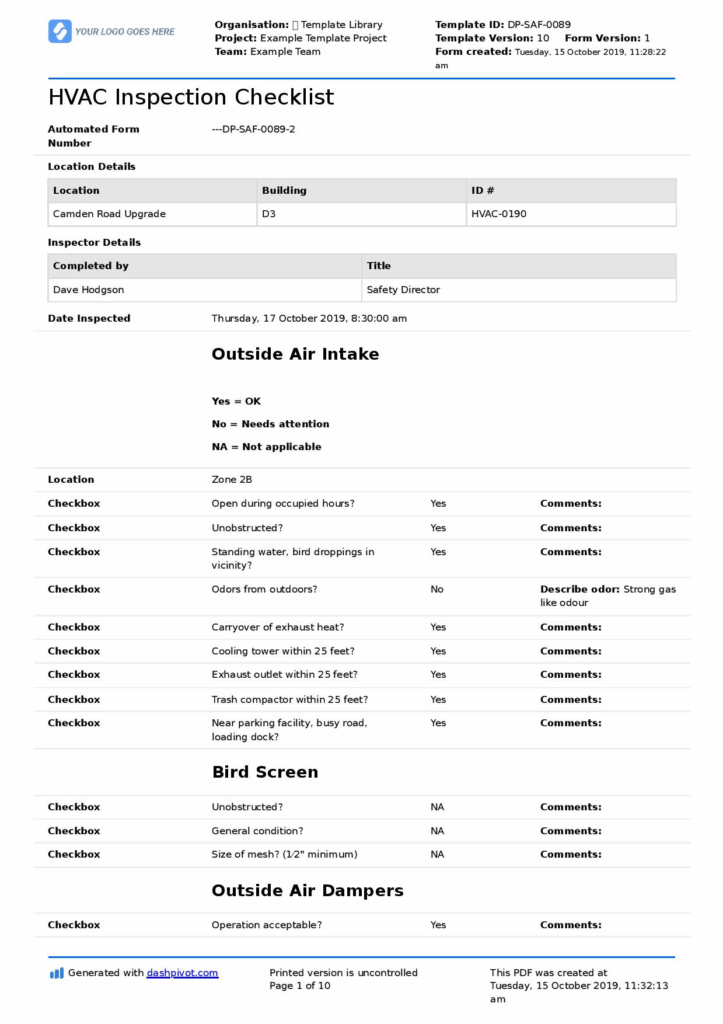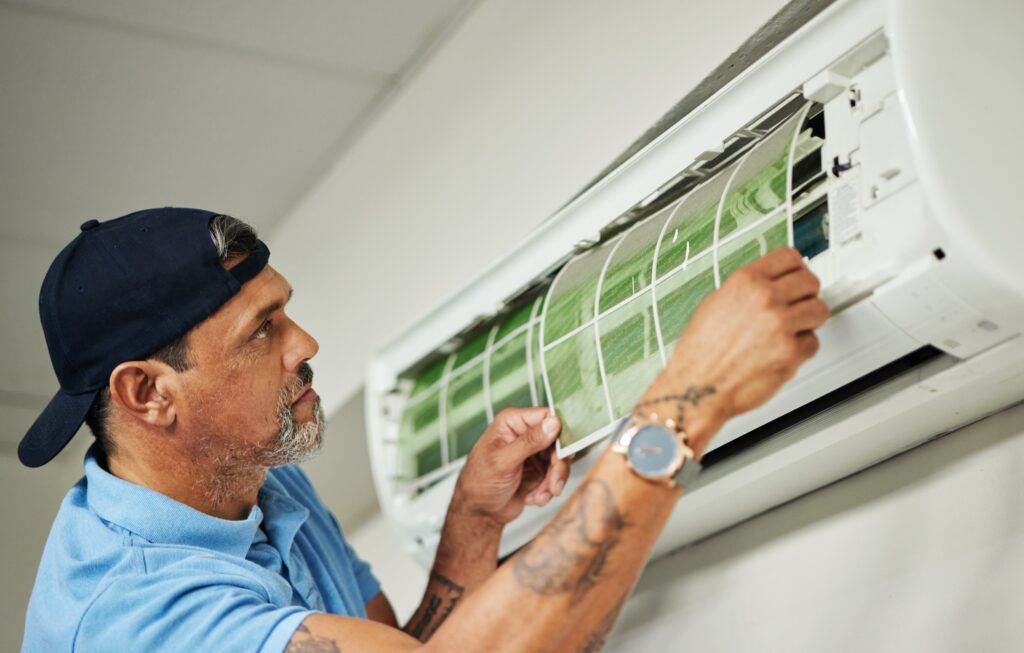Key Takeaways
- Warranties Aren’t That Scary: Manufacturers want claims to succeed, not fail. Simple documentation gets most claims approved
- Three Essentials: Clear photos, maintenance records, and basic diagnostic info handle 90% of claims
- Registration Matters (But Isn’t Everything): Yes, register within 60-90 days, but missing it doesn’t void all coverage
- Digital Tools Help: Simple apps like make documentation painless
- You Have Rights: Federal law protects you from unreasonable warranty restrictions
Manufacturers aren’t sitting around looking for ways to deny your warranty claims. There’s no “warranty police” inspecting every detail of your installation, searching for the tiniest excuse to reject coverage. That’s a myth that costs techs time, stress, and money.
Most heat exchanger warranty claims get approved when you provide basic documentation – basic evidence of the failure and proof that the system was maintained. Here’s how to make the process simple and successful.
First Things First: Registration Is Simple Insurance
You’ve got 60-90 days to register most equipment. It takes five minutes online and doubles your coverage period. If you miss the window, you still have warranty coverage, just less of it. Most manufacturers drop from 10-year coverage to just 5 years without registration.
Quick registration guide by brand:
Pro tip: Florida changed the game on July 1, 2024. Systems installed after this date automatically receive full warranty benefits without registration. California and Quebec have similar protections. Lucky them. For everyone else, set a phone reminder and knock it out.
The Three Things That Actually Matter
Here’s what manufacturers actually need:
1. Clear Photos of the Problem
Take five photos:
- The whole furnace (for context)
- Model and serial number (readable)
- The cracked heat exchanger (multiple angles)
- Close-up of the crack (spray water to highlight hairline cracks)
- Any related issues (rust, corrosion, etc.)
Your phone camera is fine. Natural light helps. Turn on your flash in dark mechanical rooms.
2. Basic Maintenance History
Manufacturers want to know the system wasn’t completely neglected. You don’t need extensive documentation (filter changes, seasonal reports, etc), but you do need the following:
- Annual service records (even basic ones)
- Major repair history
- Evidence the system wasn’t abandoned for five years
This is where proper September maintenance scheduling creates a paper trail that helps everyone.
3. A Simple Explanation of What Failed
Manufacturers need to understand what broke and why it’s their problem, not yours. Just explain:
- Where the crack is located
- How you found it (visual inspection, CO test, etc.)
- Why it’s a defect, not wear and tear
A simple statement like “Found 3-inch crack in secondary heat exchanger cell #2, discovered during routine maintenance, no signs of impact damage” works fine.

Each Manufacturer Has Quirks
Each brand has its own process (often due to legacy court cases).
Carrier & Bryant: The Lawsuit Winners
These brands have an enhanced 20-year secondary heat exchanger warranty from a class-action settlement. Translation: they REALLY want to avoid more lawsuits, so they’re actually motivated to approve legitimate claims. They just need their DSB09-0024A inspection form filled out (it’s a checklist).
Trane & American Standard: The Speed Runners
Their registration must be completed in one session. Annoying? Yes. Impossible? No. Grab a cup of coffee, sit down with the serial numbers, and bang it out. If you mess up, call them. Real humans answer the phone.
Lennox: The Dealer Network
Only authorized dealers can file claims. If you’re not a dealer, partner with one who is. They want the claim to succeed too, it’s how they maintain their dealer status.
Goodman: The Generous One
Lifetime heat exchanger warranty when registered, significantly less without. But here’s the thing: even their reduced warranty is still warranty coverage. They’re not looking for excuses to deny you.
Stop Overcomplicating Documentation
Modern tools make warranty claims easy. Apps like CompanyCam automatically timestamp and organize photos. Smart probes + apps like measureQuick create digital logs of your diagnostics. Even basic field service software tracks maintenance history. Use what you have, but don’t overthink it.
Your Simple Six-Step Process
- Find the problem (Days 1-3)
- Take photos
- Check warranty status
- Document what you found
- Call the distributor or manufacturer (Days 3-5)
- Get a claim number
- Ask what they need
- Send it to them
- Submit the paperwork (Week 1)
- Photos
- Maintenance records
- Basic description
- Follow up once (Week 2)
- Confirm they got everything
- Ask if they need anything else
- Get a timeline
- Wait for parts (Weeks 2-4)
- They’ll arrive when they arrive
- Keep the customer informed
- Install and close out (Weeks 4-8)
- Document the repair
- File for labor if covered
- Move on with your life
Know Your Rights (They’re Better Than You Think)
The Magnuson-Moss Warranty Act is federal law that protects you. Manufacturers cannot:
- Force you to use only their parts
- Require only their techs do the work
- Void warranties for using aftermarket parts (unless they prove those parts caused the failure)
Florida’s 2024 legislation made things even simpler: no registration required, warranties transfer automatically. Other states have similar protections. You have more power than you think.
Secondary Heat Exchangers Aren’t Special Snowflakes
Though condensing furnaces with secondary heat exchangers made from stainless steel are afflicted acidic condensate (pH 3-5), the warranty process is the same. The difference is that stainless steel units typically have longer warranties than aluminized steel.

Common Mistakes (And How to Avoid Them)
Assuming Makes Things Harder
Don’t assume it’s not covered. Check the actual warranty, provide reasonable documentation, and file the claim.
Waiting Makes Everything Worse
Found a crack? Document it now. Customer asking about warranty? Look it up now. Claim sitting on your desk? Submit it now.
Procrastination is the real warranty killer.
Overcomplicating the Simple
As discussed in our article on troubleshooting RTU electrical issues, sometimes we make things harder than they need to be. A warranty claim is simple, just get it done.
Working Smarter with Modern Tools
Property.com’s ‘Know Before You Go‘ tool gives you property history before you arrive. When you can tell a customer “This unit should still be under warranty,” you’ve already won half the battle. Combine that with basic documentation tools, and warranty claims become routine, not nightmares.
Digital tools have made warranty claims simpler, not more complex. Whether it’s photo apps, diagnostic software, or proper documentation during retrofit projects, technology is your friend. Use it.
The Real Bottom Line
Remember: manufacturers want to approve legitimate claims because it’s cheaper than lawsuits and bad publicity. Your job isn’t to become a warranty expert it’s to:
- Register equipment when you install it
- Document problems when you find them
- Submit claims when things fail
As we discussed in making yourself a better technician, sometimes the simplest approach is the best approach. Stop treating warranty claims like defusing a bomb. Treat them like what they are: paperwork that gets your customer’s equipment fixed.
Follow process, document the basics, and don’t overthink it.
Whether you require installation, repair, or maintenance, our technicians will assist you with top-quality service at any time of the day or night. Take comfort in knowing your indoor air quality is the best it can be with MOE heating & cooling services Ontario's solution for heating, air conditioning, and ventilation that’s cooler than the rest.
Contact us to schedule a visit. Our qualified team of technicians, are always ready to help you and guide you for heating and cooling issues. Weather you want to replace an old furnace or install a brand new air conditioner, we are here to help you. Our main office is at Kitchener but we can service most of Ontario's cities
Source link


